More than three decades later, Ayrton Senna’s death still haunts Formula 1. With the Imola track where Senna was killed on the verge of being scrapped from the calendar, the CODE Sports reporter who was on site to cover Ayrton Senna’s death in 1994 recalls the tragic events of the sport’s darkest weekend.
Of all the races that Oscar Piastri will contest during this season’s Formula One championship, none will test the Australian’s raw emotions more than next weekend’s Emilia Romagna Grand Prix.
The host track of what used to be known as the San Marino Grand Prix, the Autodromo Internazionale Enzo e Dino Ferrari in Imola remains the most cursed and sacred stop on the F1 series.
That’s because it is the notorious high-speed track where Ayrton Senna and Roland Ratzenberger were both tragically killed after separate, violent crashes on successive days in 1994.
More than three decades later, Imola has become a shrine to the memory of Senna, while serving as a terrifying reminder of the risks drivers face every time they climb into the cockpit.
F1 is now statistically safer than ever, but that’s in no small part because of the regulations that were brought in after the dark events of 1994.
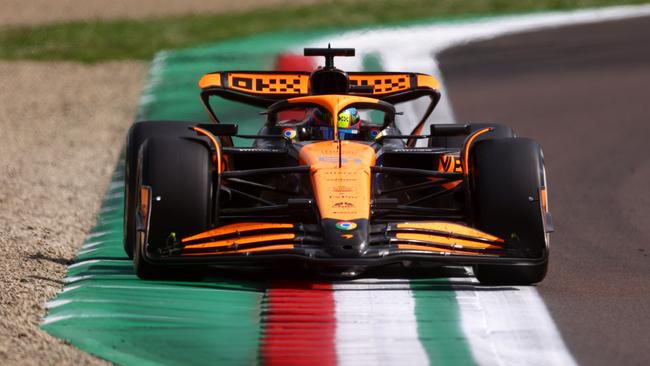
Next weekend’s race, the first in Europe this season, will be more poignant than usual because it’s almost certain to be the last Grand Prix at Imola.
As F1 spreads its wings to new territories and markets – from the Las Vegas strip and Miami to China and oil-rich nations in the Middle East – many of the older traditional circuits are disappearing from the calendar.
With the Italian Grand Prix locked in at Monza, Imola’s fate is all but sealed, adding to the sense of occasion next weekend.
Born eight years after Senna died, Piastri is well aware of the Brazilian’s legacy and status. An icon of the sport, Senna won each of his three world championships with McLaren, the same team the young Australian now drives for.
As the current championship leader, locked in battle with his McLaren teammate Lando Norris, the comparisons with Senna and Alain Prost from the 1980s and 1990s have been resurrected this season.
Famed for his single-mindedness behind the wheel, Piastri won’t be able to escape the ghost of Senna when he arrives in Imola.
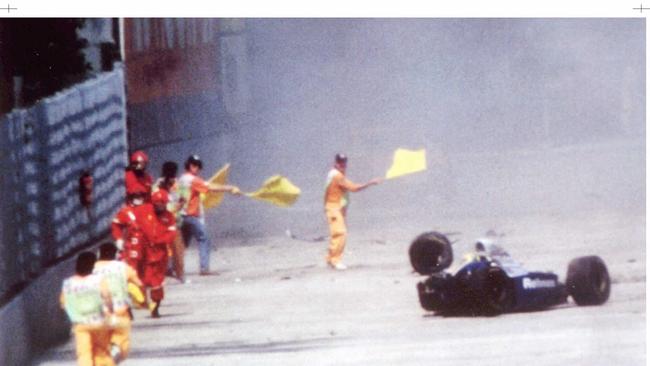
At the very least he’ll have to navigate the infamous Tamburello corner where Senna died, even though the once frighteningly-fast bend has since been transformed into a chicane.
A lot of other things have changed at Imola over the past three decades but for everyone who was at the track in 1994, the memories of that gruesome weekend remain as haunting as ever.
As a young sports hack just starting out in journalism, it was a grisly introduction to the best and worst aspects of covering a tragic event.
While never embraced by high society the same way as Monte Carlo, Imola remains the race for the sport’s true romantics because of its links with the nearby Ferrari factory at Maranello.
The atmosphere is always festive but there was a dark cloud already gathering in the build up to the 1994 race because F1’s most charismatic driver was in a foul mood.
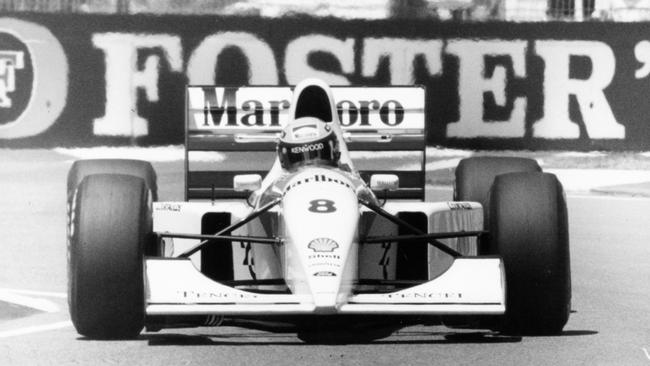
Senna had won his final race for McLaren at the 1993 Australian Grand Prix in Adelaide, before moving to Williams at the start of 1994, believing the switch would deliver him a fourth world title.
But things weren’t going to plan and he’d failed to finish the first two races of the new season, which were both won by Michael Schumacher, the sport’s new rising star.
Distracted by Schumacher’s blinding pace, Senna’s attention took an ominous turn on the Friday at Imola when his fellow Brazilian Rubens Barrichello was involved in a horrific accident.
Everyone who saw that crash was convinced Barrichello was dead on the spot because his car slammed into a steel fence with such force after clipping a kerb and being flung into the air.
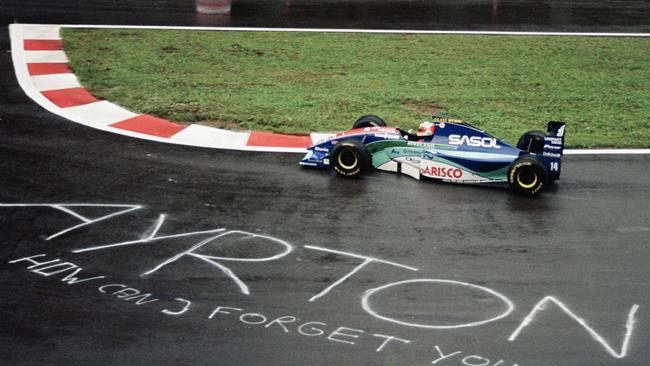
Barrichello was knocked unconscious by the impact and swallowed his tongue as doctors rushed to save his life and reporters scrambled to get the story out before their deadlines.
1994 was a very different time for the media. There were no live blogs or social media or smart phones because the internet hadn’t been commercialised for everyday use.
So getting news out meant doing things the old-fashioned way: ringing your editor on duty to alert them to what’s just happened then bashing out a yarn as quickly as possible on the clunky old laptops that were in vogue at the time.
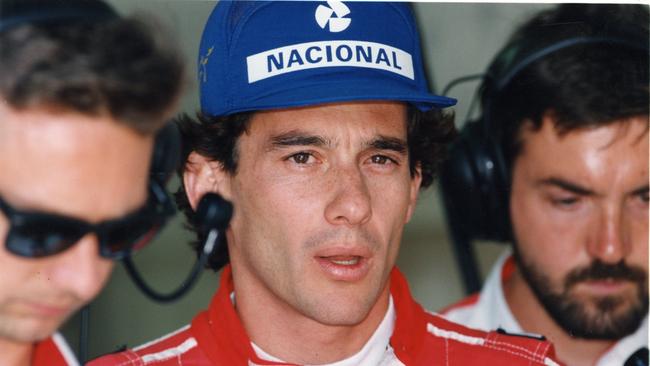
I wrote an obituary on Barrichello that afternoon, which has mercifully never seen the light of day because he survived his brush with death and is still alive now, aged in his early 50s.
Instead, the other story I wrote, that did make the papers, was how F1 cars had become almost impenetrably safe after more than a decade without a fatality.
That didn’t age well.
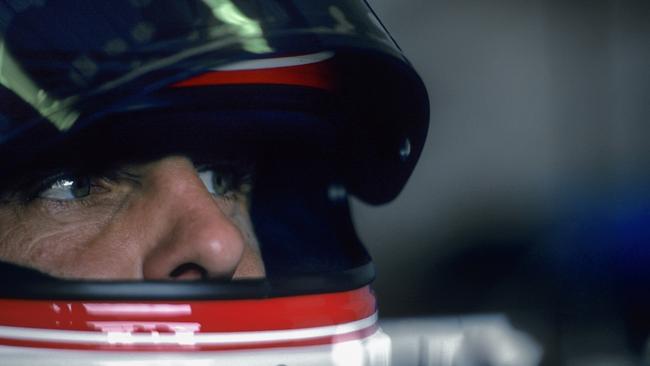
The next day, the final qualifying session for the race was red flagged when Ratzenberger crashed.
An Austrian rookie, who had only had one previous start in F1, Ratzenberger was going at a faster speed than Barrichello when he lost control and crashed head-on into a concrete wall, but because his Simtek-Ford was still mostly intact, few feared the worst.
I’d made the call to warn my editor there had been another serious crash, but the announcement a few hours later that Ratzenberger had died caught everyone in the press box by surprise.
Without warning, an FIA spokesman walked into the media centre, grabbed the microphone and asked everyone to be quiet.
Then he read a brief statement saying Ratzenberger had died from his injuries and left without taking any questions.
Dinner reservations that night were cancelled because Ratzenberger’s death was headline news around the world and every journalist with an accreditation needed to be back at the track the first thing the next morning, chasing reaction.
But no-one was in the mood to talk.
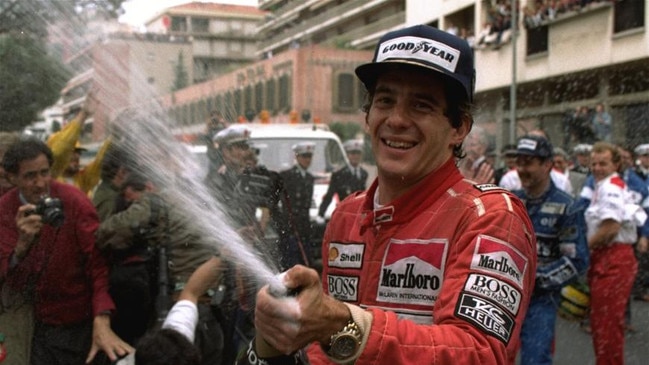
The paddock, the area behind the garage where the teams and VIP guests congregate, is normally bustling with excitement on race day but it was eerily silent on 1 May 1994, a date no-one in F1 ever forgets.
Deeply religious, Senna had been visibly distraught by Ratzenberger’s passing. Out of respect, he refused to rejoin the qualifying session when it recommenced, and was not talking to any media.
There was an eerie feeling before the race because two of the spots on the grid – for Barrichello and Ratzenberger – were vacant.
I got on the phone early to my editor in London who was monitoring the race on TV. Unaware of what was about to happen, we decided to keep an open line just in case, so I left it off the hook when I went over to the large glass window overlooking pit lane to watch the start before scurrying back to my chair to follow the rest of the race on the monitors.
Like everyone, I was staring at Senna, who was starting on pole position, but once he got away cleanly, I turned and looked back down the grid, where I spotted another car that wasn’t going anywhere.
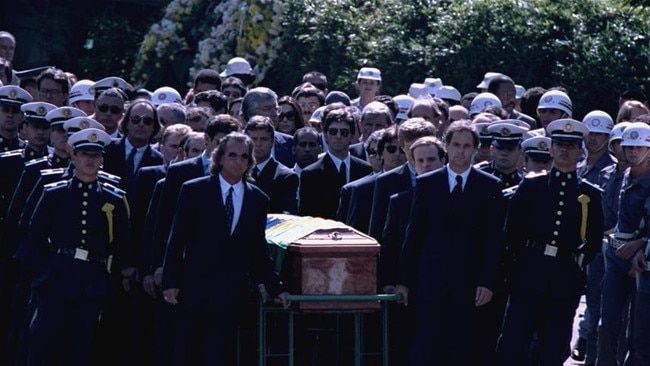
JJ Lehto had stalled his Benetton and couldn’t get it started, which meant only one thing.
As each of the drivers behind him instinctively swerved to avoid him, I watched as Lehto braced himself for the inevitable shunt.
The further back each car started, the faster they were travelling when they realised Lehto’s car was stationary. Pedro Lamy, starting 22nd on the grid, was the unlucky one, because he didn’t have enough to avoid the stricken Benetton by the time he saw it.
He smashed straight into the back, showering debris from both wrecked cars onto the track and the stands, injuring a handful of spectators as the safety car was deployed.
I was still dictating copy to my editor over the phone when the race resumed and Senna crashed almost immediately after.
Instantaneously, we both blurted out the same salty four-letter expletive and went into overdrive, even though it was hours before his death was confirmed to the world, this time from a live television broadcast from the hospital his body was flown to.
The rest of the race was a blur. Schumacher won but that’s not what anyone remembers.
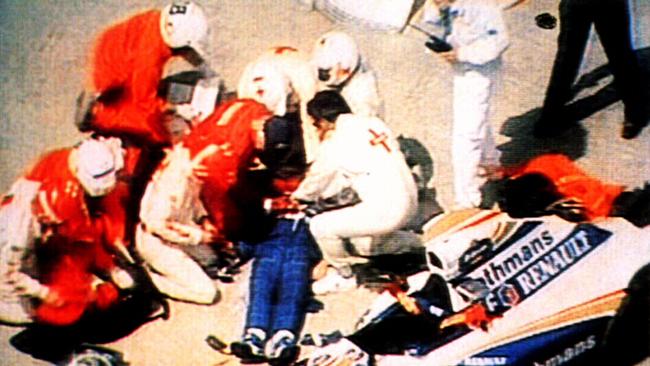
F1 has never had a bigger or more tragic weekend. Three decades later, Netflix has just released a series on Senna, such is his standing in sport.
It was almost 3am Monday when I finally stopped working at Imola but plenty of others were still tapping away.
The circuit was in darkness and the last public trains had stopped running so I hailed a taxi to take me back to my hotel in Bologna, about 50km away.
When I arrived at my hotel, the receptionist was crying.
I asked her what was wrong but we didn’t speak each other’s languages so she pointed to a special first edition newspaper that had just arrived at the lobby. The front page simply read: “Senna è morto.”

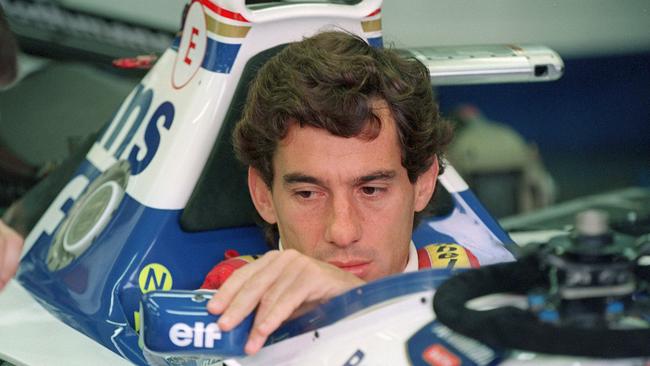
Add your comment to this story
To join the conversation, please log in. Don't have an account? Register
Join the conversation, you are commenting as Logout
Guy Sebastian injury caught on camera
Aussie music icon Guy Sebastian has given a brutal update after a horror mishap in his footy game with AFL great Brendan Fevola.
AFL coach’s ‘revolutionary’ idea floors hosts
Gold Coast coach Damien Hardwick has put forward a bold solution to an AFL dilemma, leaving commentators completely floored.